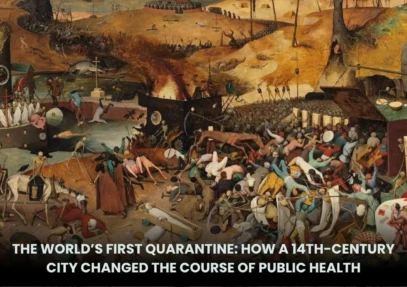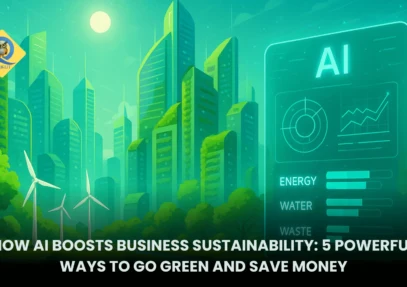Is time travel possible?
The title of the "ancient city of the world" is often attributed to Jericho, located in the modern-day West Bank. Here’s why Jericho is considered one of the oldest continuously inhabited cities: 1. Archaeological Evidence Jericho dates back to around 10,000 BCE during the Neolithic period, making iRead more
The title of the “ancient city of the world” is often attributed to Jericho, located in the modern-day West Bank. Here’s why Jericho is considered one of the oldest continuously inhabited cities:
1. Archaeological Evidence
Jericho dates back to around 10,000 BCE during the Neolithic period, making it approximately 12,000 years old.
Excavations have revealed evidence of early settlement, including ancient stone walls, towers, and dwellings.
2. Early Civilization
Jericho was a key site for early human transition from hunter-gatherer societies to settled agricultural communities.
The city’s proximity to the Jordan River and fertile lands made it a center for early farming.
Other Ancient Cities
While Jericho holds the title of the oldest continuously inhabited city, other ancient cities also have significant claims to antiquity:
1. Byblos (Lebanon): Estimated to have been inhabited since around 5000 BCE. Known as a major Phoenician port and one of the oldest continuously inhabited cities.
2. Aleppo and Damascus (Syria): Both have evidence of habitation dating back to around 4000 BCE or earlier. Damascus is often considered one of the oldest continuously inhabited capitals.
3. Çatalhöyük (Turkey): Dates back to 7500 BCE, but it was more of a large settlement than a city.
4. Varanasi (India): Known as the spiritual capital of India, with origins possibly dating back to around 3000 BCE.
While several cities vie for the title of the “oldest,” Jericho is widely recognized as the oldest continuously inhabited city based on archaeological and historical evidence.
See less





The idea of time travel—moving forward or backward through time—has intrigued scientists, philosophers, and storytellers for generations. Here’s a look at its possibilities and challenges from a more approachable perspective: 1. Traveling to the Future: Possible but Limited Physics shows us that traRead more
The idea of time travel—moving forward or backward through time—has intrigued scientists, philosophers, and storytellers for generations. Here’s a look at its possibilities and challenges from a more approachable perspective:
1. Traveling to the Future: Possible but Limited
Physics shows us that traveling into the future is theoretically possible and already observed in small ways. This idea comes from Einstein’s Theory of Relativity:
• Speed and Time Dilation:
If you move at extremely high speeds, close to the speed of light, time slows down for you compared to someone who remains stationary. For example, an astronaut traveling on a near-light-speed spaceship might age much slower than people on Earth. When they return, they’ll find themselves in the future.
• Gravity and Time:
Strong gravity, like near a black hole, also slows down time. If you stayed near a black hole for a while and then returned to Earth, you would have experienced less time than those far from the black hole.
Real-World Proof: Scientists have tested this concept with atomic clocks on fast-moving planes and satellites. The clocks show tiny differences in time—evidence that time dilation is real.
So, traveling to the future isn’t science fiction—it’s part of how the universe works. The challenge is creating technology that lets us move fast enough or survive extreme gravitational forces.
2. Traveling to the Past: More Complicated
Traveling to the past is far more difficult, both scientifically and logically, though some theories hint at possibilities:
• Wormholes:
Wormholes are like tunnels connecting two points in spacetime. If such tunnels exist—and could be stabilized—they might allow
See less